Eastern states facing prospect of dire bushfire season
Soaring temperatures and plummeting rainfall is forecast for most of Australia over the warmer months, increasing the fire risk.
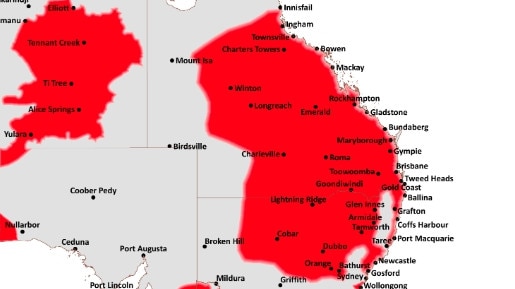
Soaring temperatures and plummeting rainfall is forecast for most of Australia over the warmer months, increasing bushfire risks in NSW and Queensland.
High fuel loads after three consecutive La Nina events will also increase the risk of fires over spring and summer, according to the seasonal bushfire outlook released on Wednesday by the Australasian Fire and Emergency Services Authorities Council.
Bureau of Meteorology climate scientist Naomi Benger said it was possible most of Australia would experience unusually warm conditions and some regions, including the south and the east, would be hit by unusually dry conditions.
Ms Benger said the looming fire season would be unlikely to be a repeat of the Black Summer bushfires in 2019 and 2020 and the BOM was continuing to monitor the potential development of an El Nino weather event.
“We have an El Nino alert current and we are continuing to monitor the conditions in the Pacific Ocean for a potential event development,” she said.
“Historically after an issuance of an El Nino alert, an El Nino event develops around 70 per cent of the time.”
NSW is facing increased risk of bushfires across large swaths of the central and northern parts of the state in places such as Tamworth and Orange because of increased grass growth fuelled by heavy rains, according to the seasonal outlook.
Dense bushland on the fringes of Sydney, particularly in the north and south, is also at risk of fires while the AFAC is concerned about areas on the south coast in places such as Bega.
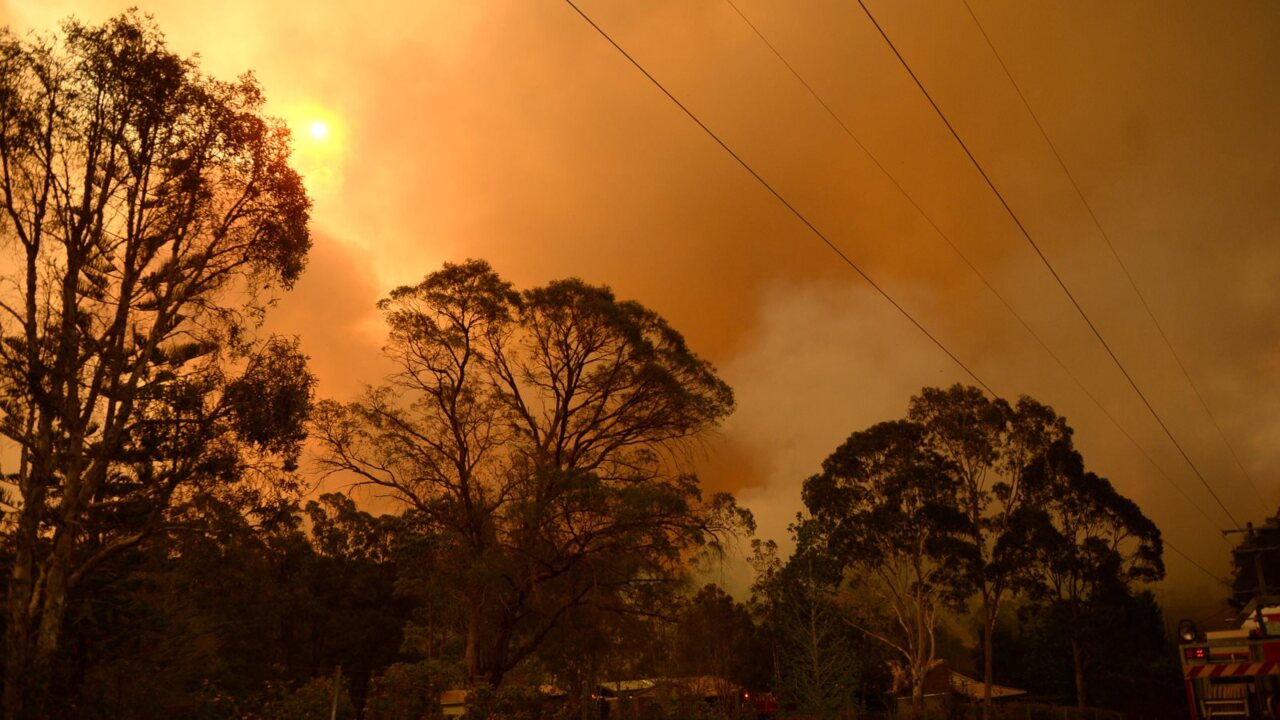
In Queensland, moisture rates in the south of the state have fallen, increasing the incidence of fires.
The central and northwestern parts of the state experienced significant rainfall in July, which delayed the onset of the northern fire season, but the AFAC outlook said without more rain in spring, there would be an increased risk of fires in Queensland’s grasslands and timber country.
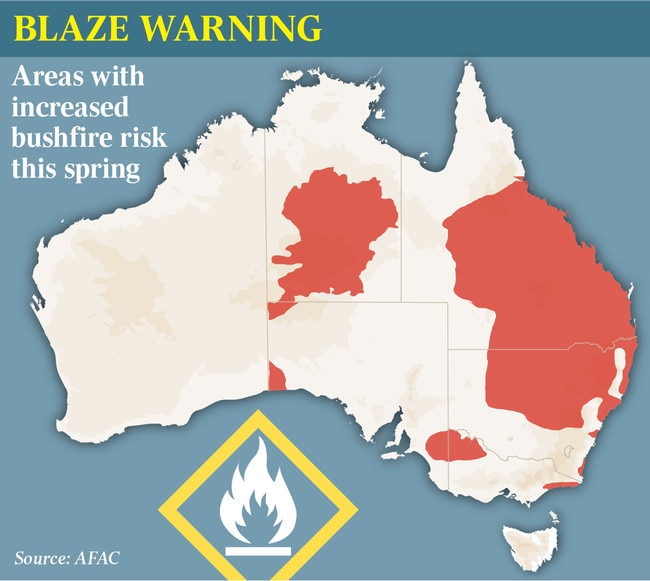
“The combination of drying fuels, forecast below-average rainfall and above-average temperatures is likely to bring locally intense bushfires that may be destructive across parts of Queensland as vegetation becomes flammable during the spring months,” the outlook said.
AFAC is also concerned about an elevated risk of bushfires in inland parts of Capricornia, Wide Bay-Burnett, along the southeast coast and in the Southern Downs and Granite Belt regions due to below-average rainfall, higher than average evaporation rates and low soil moisture levels.
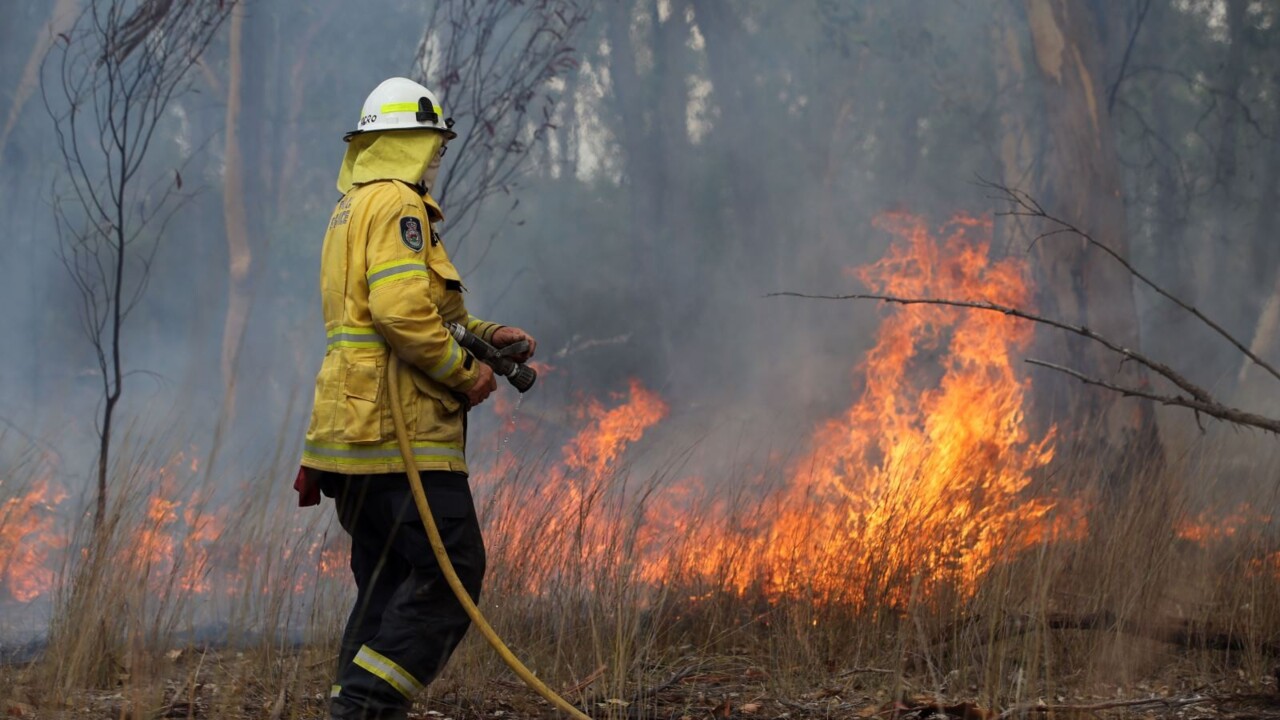
The Northern Territory has already experienced more than 3000 wildfires in areas including Darwin, Katherine and the Victoria River region. Above-average fuel loads have increased the risk of wildfires travelling quickly.
The AFAC expects an early start to the fire season in Victoria, with warmer than average conditions forecast for spring; in South Australia soils have dried after earlier heavy rains due to above average rates of evaporation, increasing wildfire risks in grasslands on the border with Victoria.


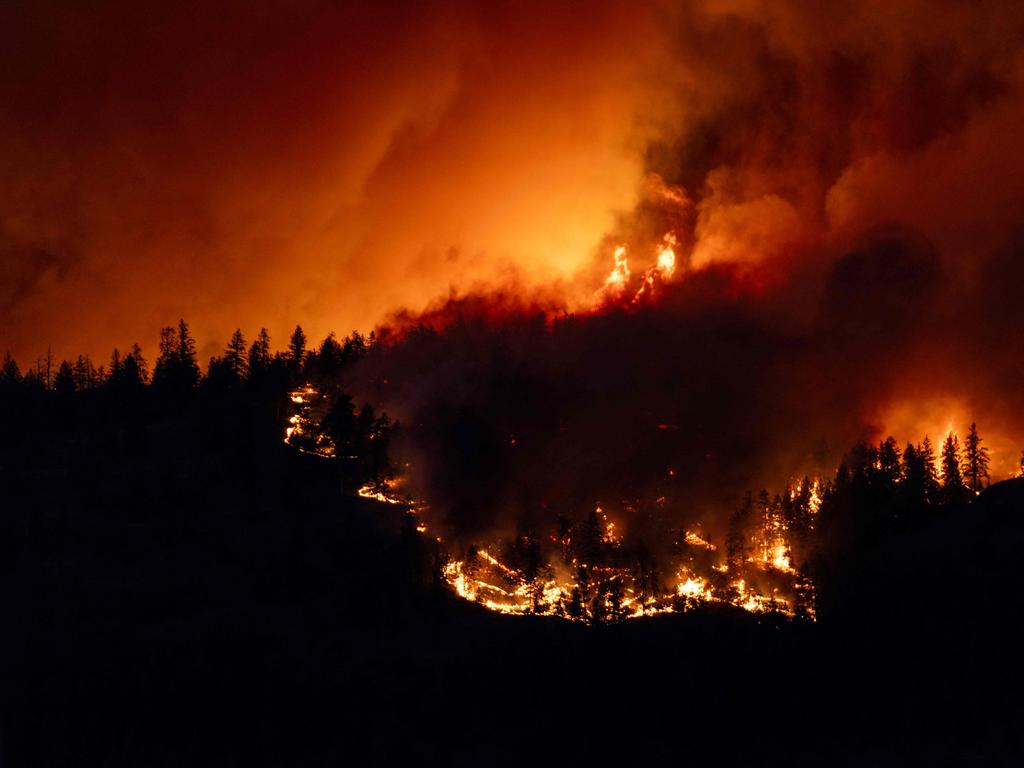


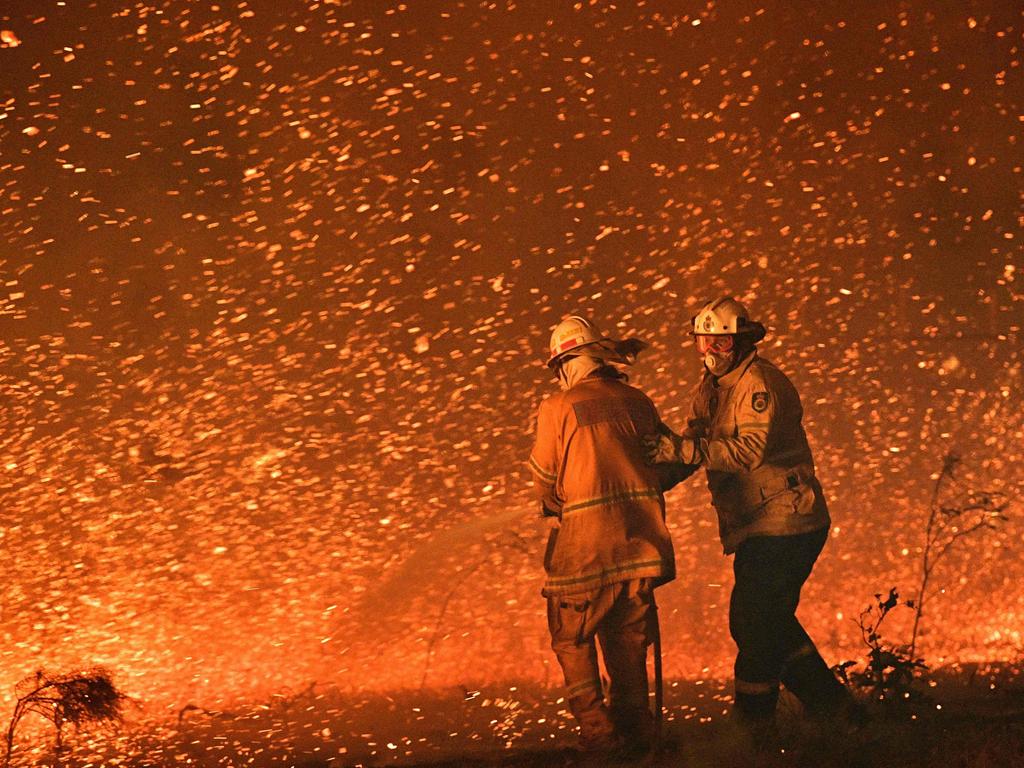


To join the conversation, please log in. Don't have an account? Register
Join the conversation, you are commenting as Logout